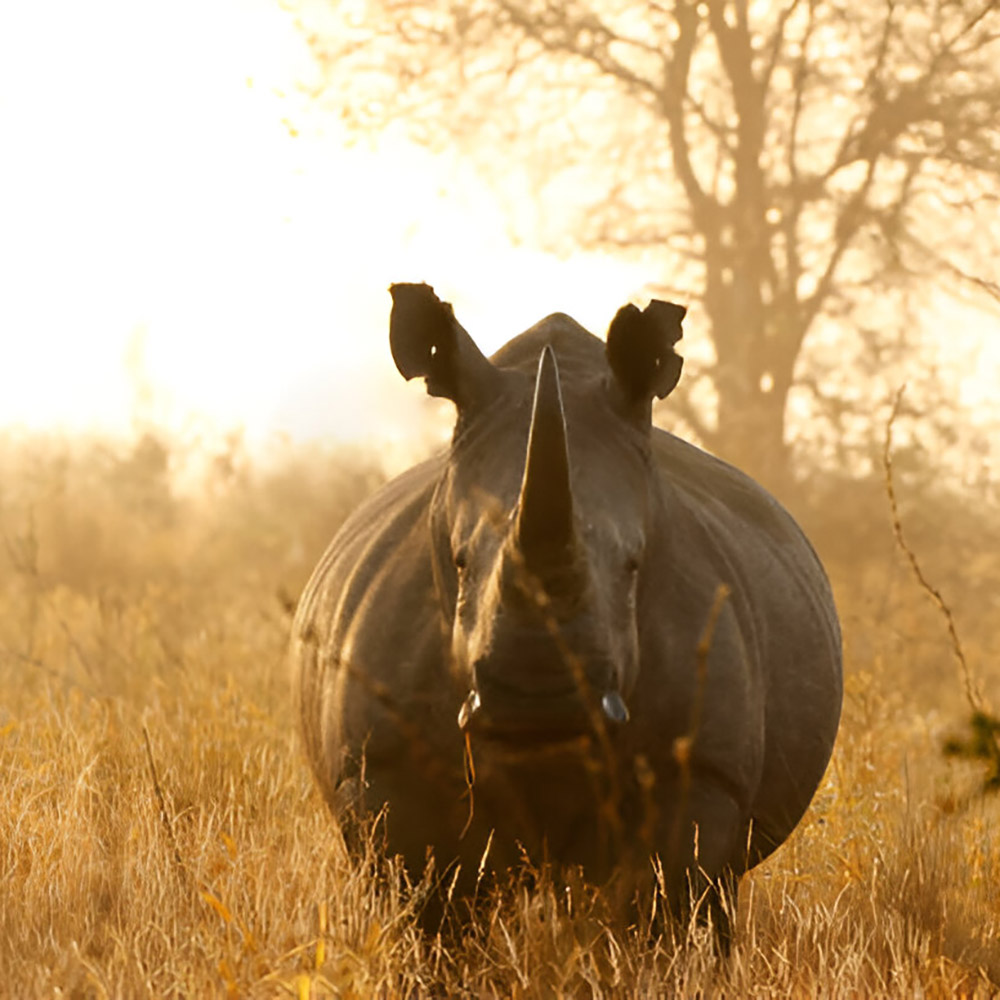Africa’s Big Five
- Peack Time
- Oct - Dec
- Best time to go
- Year Round
- Know for
- Big 5
Why visit the Ngorongoro Crater?
The Origin of The Big Five
In the 19th century, big game hunters in Africa coined the term “The Big Five,” referring to the five animals they deemed the most perilous to hunt on foot, especially when cornered. Their inclusion on this exclusive list stemmed from their fierce temperament, cunning nature, and formidable self-defense.
The Big Five Species: Though their legendary status led to significant persecution, the emergence of photographic safaris has revitalized interest in these species. Tanzania boasts all members of the Big Five, thanks to its expansive national parks and reserves. Spotting them is generally easier during the dry season (June to October).Where to See The Big Five
Our Suggested Big 5 Safaris.

13 Days Tanzania Bush to Beach Safari
Big 5 Wildlife, Adventure, Culture, and Zanzibar Beach Bliss

10 Days Mikumi Ruaha Selous Experience
ASee Big 5 Animals, Thrilling Safaris, and Immersive Wilderness Experiences

14 Days Ultimate Tanzania Safari
Witness Big 5, Explore Serengeti, Ngorongoro, Tarangire, in an unforgettable adventure.
Photos of Big 5





Why travel with
Genau Adventure Safaris.
Frequently Asked Questions
We've answered all your questions about African Big 5 Animals to help you plan the perfect trip.
The Big Five refers to five iconic African animals: the African lion, leopard, African elephant, rhinoceros (both black and white species), and Cape buffalo. These animals were originally termed “The Big Five” by game hunters due to their difficulty and danger in hunting them on foot.
The term "Big Five" was coined by 19th-century big game hunters who regarded these animals as the most dangerous to hunt on foot, not because of their size but due to the risk and difficulty of hunting them, especially when cornered or wounded.
The Big Five can be seen across several African countries, but Tanzania is one of the best destinations. The most popular locations to see the Big Five in Tanzania include:
- Serengeti National Park
- Ngorongoro Crater and Conservation Area
- Tarangire National Park
- Ruaha National Park
- Nyerere National Park
The dry season, from June to October, is the best time to see the Big Five in Tanzania. During this time, animals are easier to spot as they gather around water sources, and the vegetation is less dense, improving visibility.
Yes, the Serengeti National Park and Ngorongoro Crater in northern Tanzania offer some of the best chances to see all members of the Big Five in a single safari trip.
Some members of the Big Five, such as the black rhinoceros and white rhinoceros, are critically endangered due to poaching and habitat loss. Conservation efforts are in place to protect these species, but they remain under threat. The other Big Five animals—lions, leopards, elephants, and buffalo—are also at risk due to habitat loss, poaching, and human-wildlife conflict.
The main difference between black rhinos and white rhinos is their lip shape and feeding habits:
- Black rhinos have a pointed upper lip, which helps them browse on leaves and shrubs.
- White rhinos have a flat, wide lip suited for grazing on grass. In addition, white rhinos are larger and generally more docile than their black rhino counterparts.
While on safari, you'll typically observe the Big Five from the safety of a safari vehicle. The distance between you and the animals will depend on their behavior, the terrain, and safety regulations. However, in certain game reserves or conservancies, walking safaris with experienced guides allow for closer, yet safe, encounters.
No, it is not dangerous to observe the Big Five as long as you follow the guidance of your safari guide. Safari operators prioritize the safety of their guests, and animals typically keep their distance unless provoked. Always respect wildlife and maintain a safe distance, particularly with unpredictable animals like buffalo and elephants.
For a Big Five safari, pack essentials such as:
- Binoculars for better viewing
- A good camera for capturing wildlife
- Comfortable, neutral-colored clothing for blending into the environment
- Sun protection, including sunscreen, a hat, and sunglasses
- Insect repellent to guard against bites
- Water and snacks to stay hydrated during game drives





